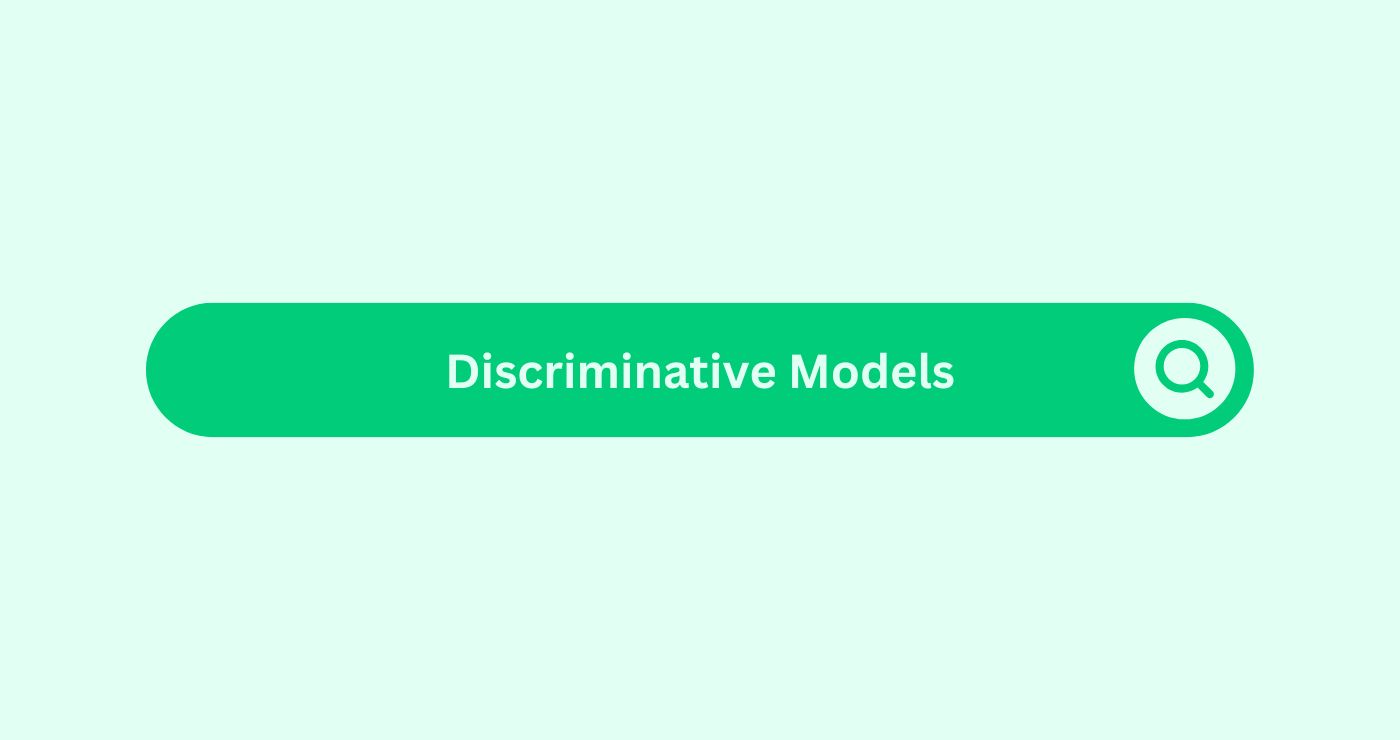Definition
Discriminative models are machine learning algorithms designed to differentiate between classes or outcomes based on input data. Unlike generative models that learn how data is distributed, discriminative models focus solely on drawing boundaries—making them extremely effective for prediction tasks like “will this user click?” or “is this email spam?”
For a performance marketing agency, discriminative models are gold. They help classify users by likelihood to convert, segment audiences based on behavioural traits, or determine which creatives perform best under specific contexts. These models directly improve targeting efficiency.
A digital marketing agency in Auckland can use discriminative models to personalise landing pagesDefinition Landing pages are standalone web pages specifical.... By feeding the model data on location, device type, scroll behaviour, and past clicks, it predicts the best layout or CTA to show—in real time.
An SEO company might rely on these models to detect which on-page factors most influence rankings. Instead of guessing, the model learns from labelled SEO data and pinpoints which content variables—like heading structure, keyword densityDefinition Keyword density refers to the percentage of times..., or page speed—directly correlate with top positions.
The strength of discriminative models lies in their precision. They’re not trying to mimic users—they’re laser-focused on classifying outcomes based on known patterns, making them powerful tools for marketers running performance-heavy or personalised campaigns.
Real-world Example
An Auckland SEO expert builds a discriminative model using data from thousands of past blog posts—traffic levels, dwell time, bounce rateDefinition Bounce Rate in social media marketing refers to t..., backlinksWhat are backlinks in the context of SEO? Backlinks, also kn.... The model quickly learns to predict whether a new draft will rank well based on its structure and content signals, helping the editorial team prioritise updates more effectively.
Key Takeaways
- Discriminative models predict outcomes with accuracy by analysing existing labelled data.
- They’re ideal for ad click prediction, lead scoringDefinition Lead scoring in AI for content marketing is basic..., and content success forecasting.
- SEO companies use them to identify ranking signals that matter most.
- Performance marketing teams boost ROI by targeting users most likely to convert.
- These models support personalisationDefinition Personalisation refers to the process of tailorin..., A/B testingDefinition A/B Testing, or split testing, compares webpage v..., and fast decision-making in content strategyDefinition Content strategy involves planning, creating, pub....
FAQs
How do discriminative models help a performance marketing agency improve results?
They analyse user behaviourDefinition What is User Behaviour in Social Media Marketing?... and classify leads based on conversionDefinition In the realm of SEO, Conversion refers to the pro... likelihood—helping agencies optimise targeting and reduce wasted ad spend.
Can an SEO company use discriminative models to predict rankings?
Yes. Discriminative models can detect patterns in ranking data and identify which content attributes most influence position—making SEO more data-driven.
Why are discriminative models useful for digital marketing agencies in Auckland?
For digital marketing Auckland campaigns, these models personalise content, score leads, and predict engagementDefinition Engagement in content marketing refers to the deg... outcomes based on real-time data.
Do discriminative models work better than generative models for campaign predictions?
For direct classification tasks like “will this convert or not?”—yes. Discriminative models outperform generative ones in prediction accuracy.
Are discriminative models useful for email and ad personalisation?
Absolutely. They classify user types and predict the best content, timing, and channel for personalised delivery—maximising open and click-through rates.




